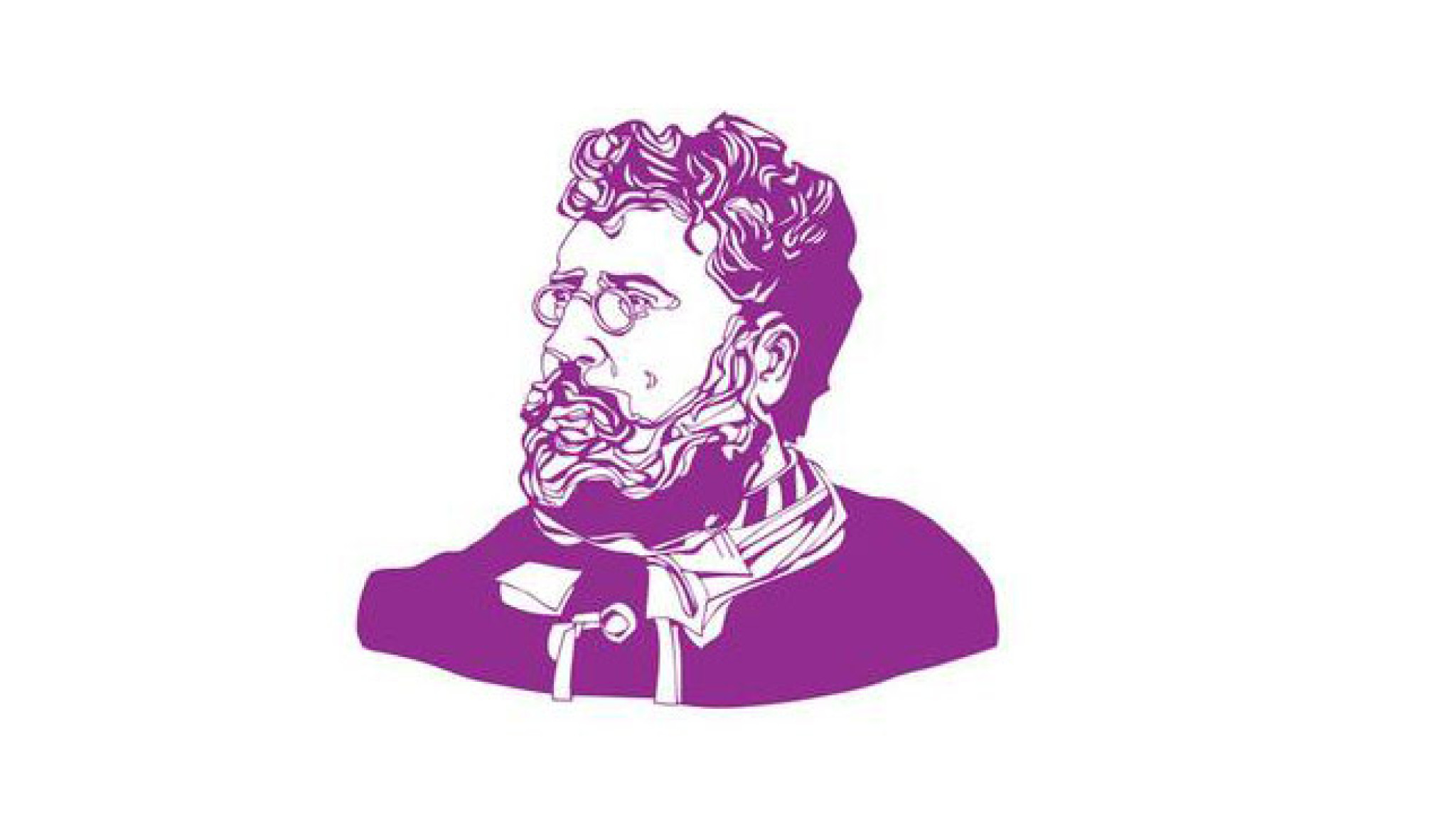Biography

Known today for just a handful of well-loved pieces, Georges Bizet was a prolific composer with a huge enthusiasm for exploring new stories and themes in his stage works. Unfortunately, he also suffered a tortured inability to complete his scores, and many of his finished works were never performed during his lifetime. Music was part of Bizet’s life from birth. His father and uncle were both singing teachers, and it was the latter who introduced his nephew to music and ideas outside the conventional French tastes of the time. Bizet went on to study at the Paris Conservatoire from 1848, and his entry at the age of only nine marked him out as a rare talent. Bizet was still a student, aged just 17, when he composed his Symphony in C (1855), one of the few purely orchestral pieces that the opera-loving composer penned. It reveals an already fertile melodic imagination, yet despite its elegance and charm, the symphony had to wait 80 years for its premiere. Today, though, it’s one of the pieces by Bizet that you’re most likely to hear. Hardly less precocious was the opera La maison du docteur (‘The Doctor’s House’) (c.1855), which Bizet wrote in the French opéra comique style, alternating speech and song. Like the Symphony in C, it was not performed in his lifetime. Bizet’s second opera, though, had more success. In 1856, Jacques Offenbach, the most successful composer of French operetta at the time, offered a prize for the best new operetta. Le docteur miracle (‘Doctor Miracle’) by the young Bizet was the joint winner, and enjoyed a brief run at the Bouffes-Parisiens, although audiences did not clamour for its return. In 1857, Bizet won the Paris Conservatoire’s Prix de Rome, and with it a two-year study trip to Italy. There he wrote Don Procopio (1859), to an Italian libretto. But although Parisian audiences loved Italian operas, they preferred them to be by Italian composers and the opera did not reach the stage for nearly half a century. Ever the optimist, Bizet had plenty of other ideas while in Italy that he was convinced would take Paris by storm: a grand opera based on Victor Hugo’s Notre-Dame de Paris, and operas based on Hamlet and Macbeth. These came to nothing, however, Bizet’s trip to Italy awakened a penchant for exotic locations. Soon after his return to France he composed a short opéra comique, La guzla de l'émir (‘The Emir’s Gusla’), a gusla being a one-stringed fiddle. This new opera was already in rehearsal when in 1863 Bizet received a commission from Paris’s Théâtre Lyrique. Anxious that nothing should get in the way of such a prestigious project, Bizet withdrew La guzla and destroyed the score. The nnew opera that he wrote, Les pêcheurs de perles (‘The Pearl Fishers’) (1863), may well have used music taken from the earlier piece. Even Hector Berlioz, hardly known for his critical generosity, said that Les pêcheurs de perles did great honour to its composer, although he decried what he called the vulgarity of the end of the first act. Ironically, Bizet himself thought the opera to be a failure, although an honourable and brilliant one. One of its librettists, Eugène Cormon, admitted after the premiere that he had burdened Bizet with an ours infâme (‘squalid bear’) of a libretto. Yet the plot had fired Bizet’s imagination, not least because of its exotic location – originally Mexico, later changed to Ceylon. Today the opera has a firm place in the repertoire, largely thanks to its celebrated duet for tenor and baritone ‘Au fond du temple saint’. It was not Bizet’s last opera to have an exotic location. Ivan IV (1865), a grand opera intended to rival those of the German-born Meyerbeer, then the most frequently performed opera composer in Paris, has a Russian setting. But Bizet did not complete it, and it did not reach the stage in any form until the 1940s. La jolie fille de Perth (1867), one of many examples of Romantic opera’s fondness for Walter Scott, takes place in Scotland, and Djamileh (1872) is set in Egypt. Yet this last opera only served to gain Bizet the accusation of being a Wagnerian, a heinous crime in the eyes of most Parisian opera-goers. It is difficult to see Bizet’s next opera as Wagnerian, except in that it involves a love that leads to death. For his subject, the composer turned to Prosper Mérimée’s novel Carmen, published nearly 30 years earlier. Bizet’s Carmen (1874) tightens Mérimée’s plot so that the narrative moves inexorably towards Carmen’s murder, a brutal climax that caused offence both to performers and audiences in early performances. Carmen helped path the way for a new kind of realism in opera, yet it was greeted with only moderate enthusiasm when it reached the stage in 1875. Bizet was disheartened. Intent on ensuring that the work had every chance of finding an audience, he planned to write accompanied recitatives to replace the spoken passages that were mandatory at the Opéra-Comique, the venue of Carmen’s first performances. Once again, he failed to complete the task. Within weeks of the premiere, Bizet suffered several heart attacks and died, aged just 36. A few weeks later, Carmen opened in Vienna, with recitatives orchestrated by Bizet’s friend Ernest Guiraud. In this form the opera quickly conquered the world, although today it is usually performed with its spoken dialogue. Bizet presents Carmen as a female Don Juan with a reckless appetite for love, or perhaps simply sex, the pursuit of which leads inevitably to her death. For a modern audience, this portrayal can be condemned as misogynistic, or hailed as proto-feminist. In either case, Bizet’s music has a compelling energy and an almost delirious profusion of melodies that few can resist. Tchaikovsky saw it during its first run and suggested that ten years later, Carmen would be the most popular opera in the world. It was a remarkably prescient judgement.